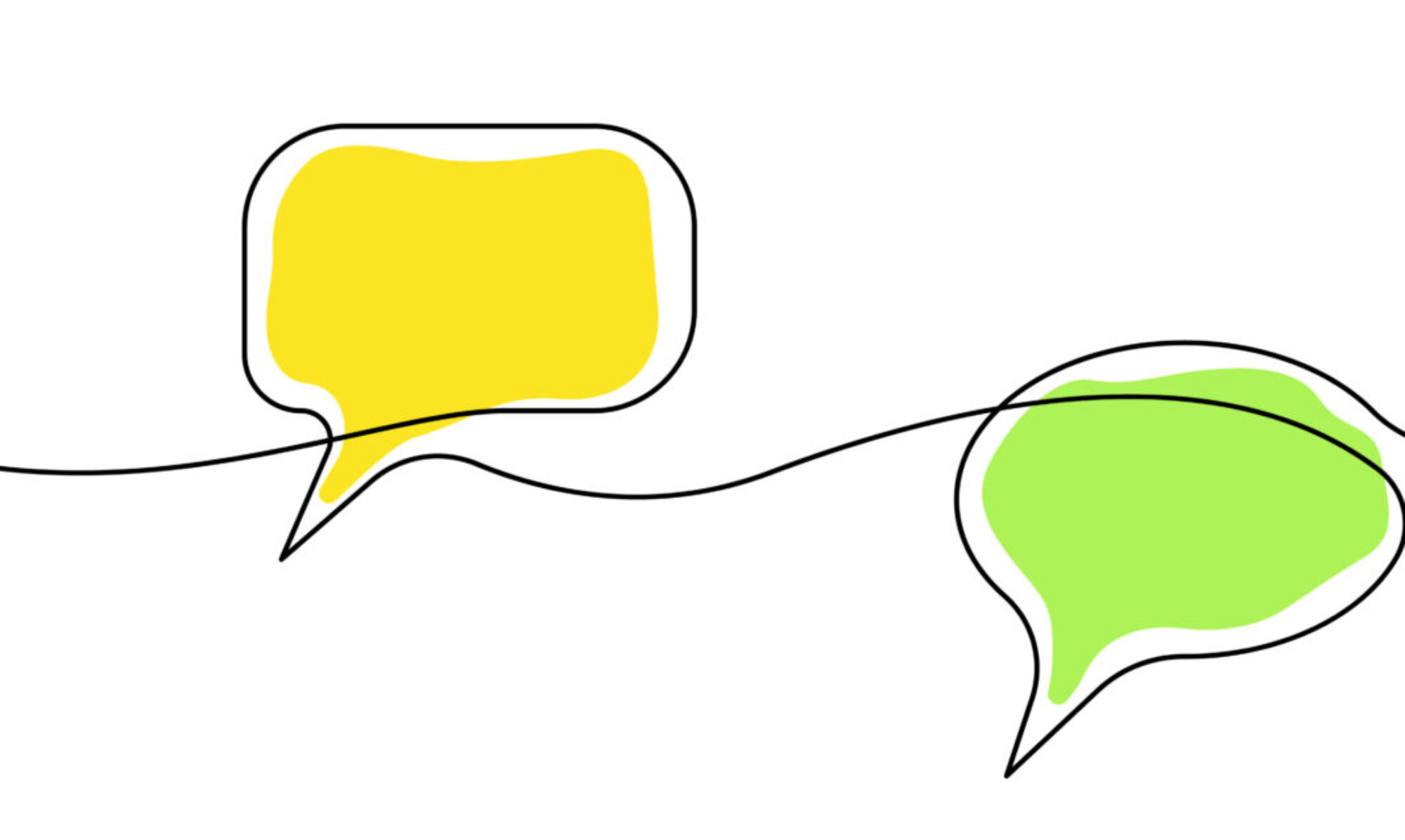Dear Staples:
You might be tempted to think that, as a writer, my only tools of the trade would be a screen and keyboard. As it turns out, however, I happen to be one of those people who love the creative process of writing notes, mind-mapping and brain-dumping into good old-fashioned in notebooks—the Leuchtturm 1917-Squared, to be precise. A slight obsession with all office supplies, as a matter of fact, is apparently part of my DNA. I bought school supplies before my children were in school (actually, before I even had children) and I am transfixed by the smell of a freshly-sharpened pencil nearly as much as Meg Ryan was in the classic “You’ve Got Mail.”
Staples is just one source I’ve used to meet my ongoing need for an office supply fix, and you’ve admittedly been one of my favorites both online and off. But earlier this year you introduced a new logo that has led me to actually like you…less.
Let me be clear: we both know a logo is not a company’s brand. A brand is about experience, approach, and market presence—just to name a few aspects. A logo is, however, often the initial introduction we are given to a brand. Its importance should not be overlooked.
You, Staples, have incorporated a playful nod to your namesake within your logo for a quarter of a century. The curved “L” was professional, yet playful—memorable without being quite so literal. After all, you are a company whose name represents having all that a person or a business needs in terms of office supplies. Like a grocery store carries flour and sugar—a pantry’s staples—you offer the staples of my business day.
Enter the new logo.
(Yawn….)
It was noted in AdAge that your new icon also references a desk—apparently somehow better appealing to a business audience. The article also included a quote from your CMO Marshall Warkentin that the update reflects “the innovative, forward-thinking problem-solvers” that make up both the company and the company’s clients.
I doubt I’m the first one to tell you this, but you most definitely missed that mark.
This logo is far from either innovative or forward-thinking. It is obvious, clunky and lacks either style or interest. Is that what this brand, which I have adored as I strolled through aisles stacked with pens and planners, thinks of me as a customer? Do you truly anticipate that I as a business owner, creative and school supply-buying parent can’t somehow discern your offerings without that oh-so-literal icon?
Perhaps even worse was an experience I had last evening; one which gave rise to this post. While watching the CBS procedural “Instinct” (Alan Cumming is delightfully brilliant in it, in case you’re wondering), I also caught two TV spots—one right after the other. The first was from you, Staples. The second was from Cologuard.
Before you think I’m comparing the new Staples logo and one’s colon, let me stop you right there. Although I’m guessing you already know that I do think the Staples update stinks.
No, it was actually the icon associated with these two brands that caught my attention.
Your ad, “The Writer” was actually a beautiful piece of storytelling. As a writer who holds her own high school English teacher close to her heart, I appreciated the nuanced approach you took. Then we got to the end, where the new Staples icon is animated and the name enters the screen.
Next, this ad popped up.
Once you’ve stopped wincing and otherwise feeling uncomfortable, see if you notice anything. If not, let me help you out. Cologuard uses an icon that reflects their name, your anatomy, and the fact that this test is all about a box. (Hint: I’m not a doctor, but I can state with some authority that colons aren’t square.)
What’s the takeaway?
A medical testing company has determined that they can use their brand icon to help consumers better understand what they do.
Staples believes that in order for those same consumers to understand who they are as a brand, you need to show a literal staple or desk or whatever it is. (As a side note, if turned on its side, the Staples icon bears a striking resemblance to the Cologuard icon—which I admit you might only notice seeing the two ads so close together.)
Long story short, if Staples felt that an updated logo was necessary, you could have done better—much better. You could have sharpened the proverbial pencil (you have aisles full of them!) and done the work to create an identity that better appeals to your diverse audience. An identity that shares your story in a wonderfully unique way as opposed to going for the merely obvious.
And I’d have suggested you use a Leuchtturm 1917-Squared to get the process started (and by the way, you really should start carrying them in your stores.)
I expect better next time, Staples.
Sincerely,











